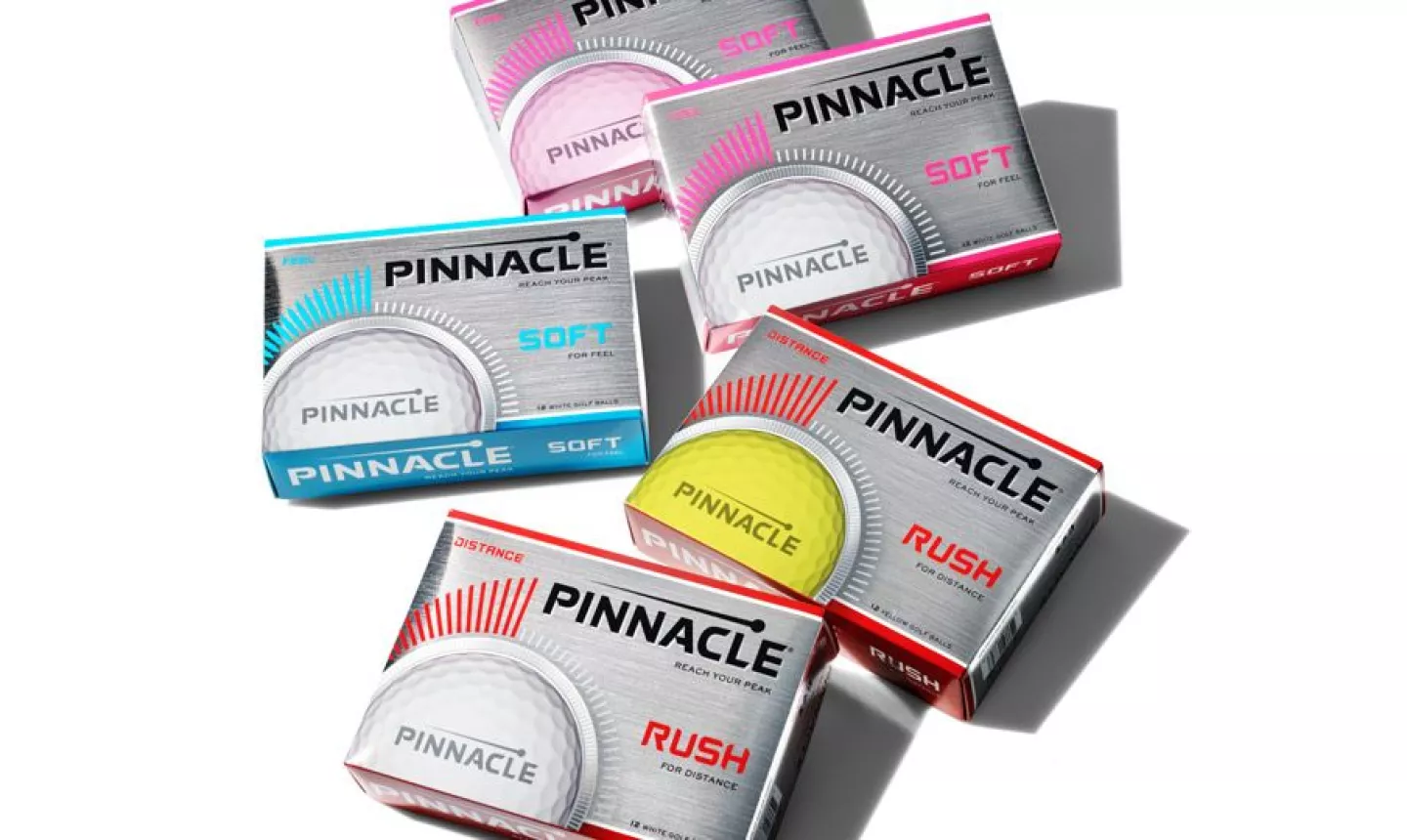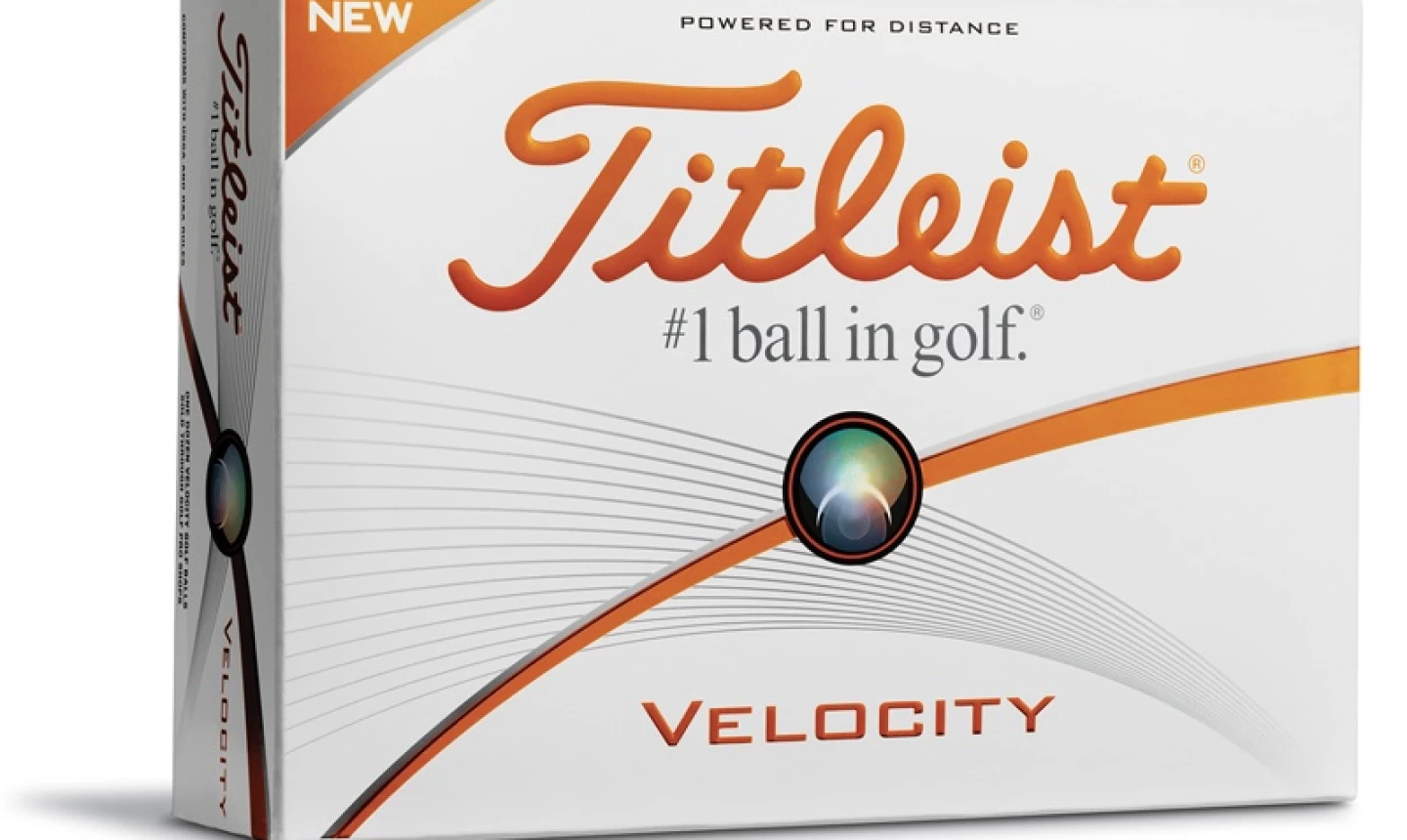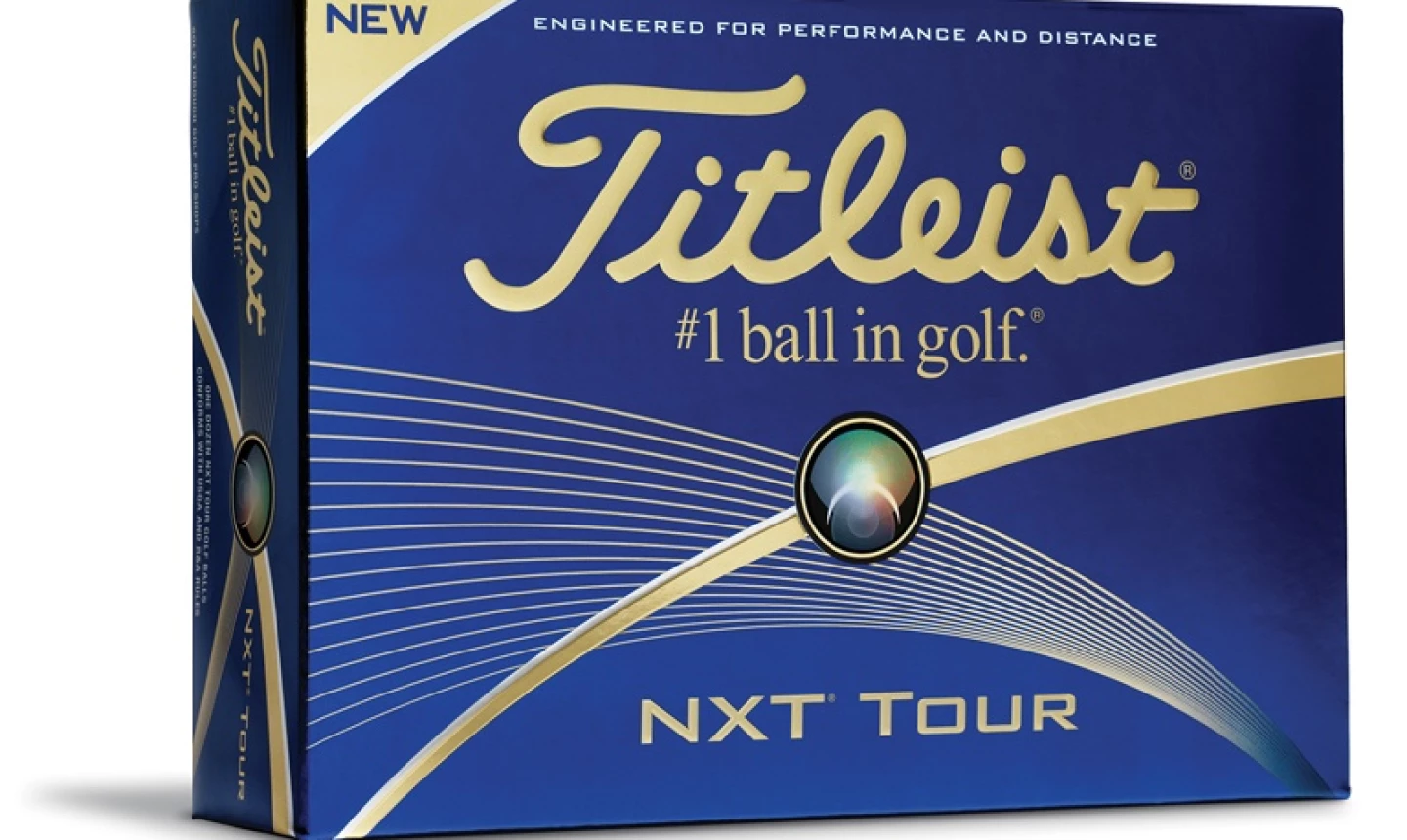Acushnet is king of the golf ball world. Acushnet's Titleist brand is the 800-pound gorilla of golf balls -- it's by far the most popular ball today among Tour pros and amateurs alike, especially the now iconic ProV1.
But Titleist's "undercard" lines -- e.g., NXT and Velocity -- are not only less expensive, they are constructed with the same quality and care as the ProV1/x line.
This is also true for Acushnet's "value" brand, Pinnacle. Pinnacle has taken some knocks over the years for lacking feel and flash, but with the new Pinnacle Soft and Pinnacle Rush models for 2016 ($16/doz.), Acushnet has built golf balls with superior performance while maintaining the brand's value price point.
Titleist NXT Tour, Tour S, and Velocity
Titleist's company stance is that the ProV1/x will work for any golfer of any skill level. This may be true, but for average golfers, the top-of-the line balls may not be cost effective. In other words, the benefit they convey might not be large enough to warrant the larger price tag. Therefore, average golfers might be well advised to test out some lower-priced options and see if they actually notice any difference.
A step down from the ProV1 in terms of cost are the NXT Tour and NXT Tour S ($35/doz).
The redesigned NXT Tour has a larger, low-compression core and thinner Fusablend cover for low spin off all clubs, especially long clubs, and increased feel around the greens.
It's a firmer ball, however, than the NXT Tour S, which has one of the lowest-compression cores on the market, along with the Fusablend cover. Still long and low-spin off the long clubs, the Tour S is remarkably soft around the greens, with exquisite feel off the putter especially. Some golfers might find it "spongy," but if you want to feel every aspect of contact on chips and putts, the NXT Tour S is, as far as I could tell, every bit as long and soft as its higher-priced cousins. An extra benefit is the improved yellow color option, which has a touch of neon so it "pops" much more than the matte yellow of older Titleist products, which used to dull pretty fast.
For even faster ball speed, the Velocity ($27/doz) has an even larger core and, therefore, thinner cover. The Velocity rockets off the driver face, and is, for mid- to high-handicappers especially, plenty soft around the greens. If you don't normally get lots of spin off your short irons or wedges anyway, you really won't notice much difference between the Velocity and higher-priced balls on the greens. And you'll probably get a few more yards off the tee.
Pinnacle Rush and Soft
Before you write off Pinnacle, remember that they are also made by Acushnet, and under the same processes as the Titleist brand. The two new lines of Pinnacle for 2016 are nothing short of revolutionary. They are simply named and easy to remember -- and easy on the wallet at just $16/doz.
The Pinnacle Rush comes in white and yellow, and has a slightly higher-compression core and firmer outer cover. This construction maximizes distance but allows for reasonable feel around the greens, especially for mid- to high-handicap golfers. My 12-year-old son, who is starting to really love golf, told me to be sure to tell everyone that, "The Pinnacle Rush is the most awesome ball ever!" His evaluation may be a touch exaggerated, but for a kid who hits it pretty far but tends to find water at least once a round, this is a great ball and a great price-point.
The Pinnacle Soft comes in white and a light pink. It is the softest Pinnacle ever, with compression in the mid-40s, and the cover is softer than the Rush. One local club pro, on condition of anonymity, observed, "I think [Acushnet] might have shot themselves in the foot with this one." When asked to elaborate, he said, "I just mean that a lot of golfers won't be able to tell the difference between the Soft and the ProV1."
To be completely honest, this 11-handicap has played the Pinnacle Soft the past few rounds, and I have to agree with that pro: I can't really feel much difference in any part of the game between this $16/doz ball and the various $46/doz balls I've tested. And magically, not even I can lose one of them.
This final result is probably not replicable, but if you intermix a few Softs and a few high-end balls on the practice green, label down, and hit some putts, I would be interested to hear if you are able tell the difference.













